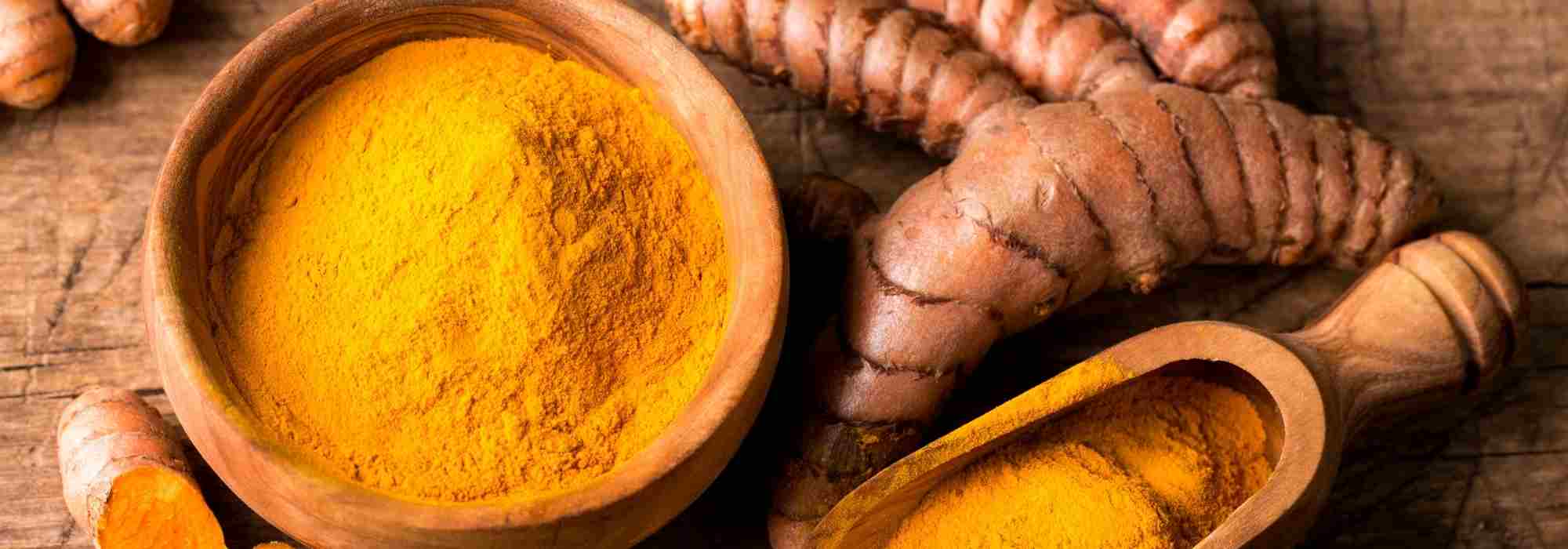
7 exotic aromatic plants easy to grow
A selection of herbs and condiments to grow for a true taste of the exotic in the kitchen
Contents
Herbs are a staple in cooking. While basil, mint, thyme and chives commonly flavour our dishes, there are plenty of exotic herbs that work wonders in the kitchen and will help vary flavours and wow your family and friends.
Discover flavours, bold, spicy and unique, from our selection of aromatic plants to grow in garden or in pots.
Ginger (Zingiber officinale) to liven up all your dishes
Ginger is certainly the best-known exotic condiment. This root plant from Asia is used for its unique flavour and medicinal properties.
From its underground rootstocks arise tall stems with lanceolate leaves (spear-shaped) reaching about 1 m in height. Flowering is unfortunately difficult to obtain in our climate, but that does not take away from ginger’s many benefits.
On tasting, its flavour is pungent, lemony, even camphoraceous.
Bonus tip: to avoid winter ailments and boost the body, ginger can be added to a decoction of lemon with honey and cinnamon (and it’s delicious!).
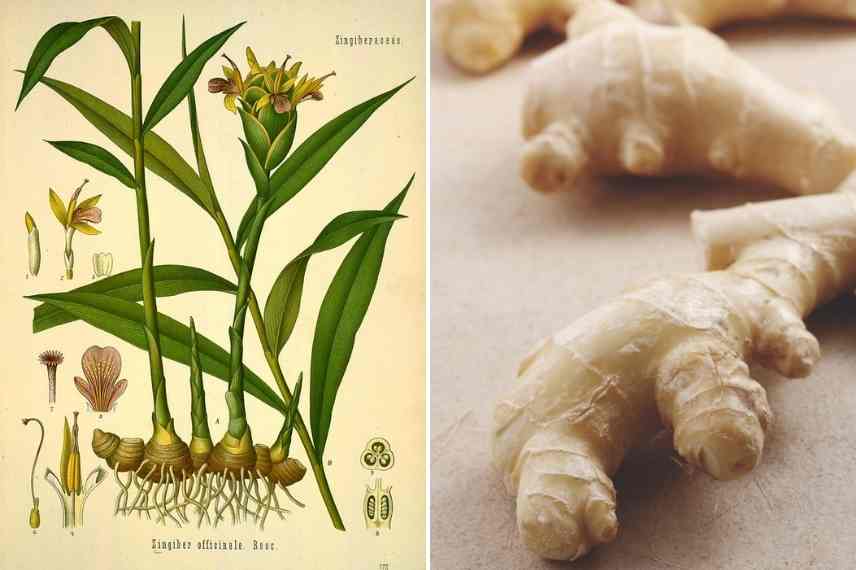
How to grow ginger?
Growing ginger is simple, even for beginners. This tropical plant needs heat (25°C) and humidity, which is why it is generally grown in a pot. Provide a fairly large, deep container such as a planter so the rootstocks can develop well.
In regions with hot summers in southern France, ginger can be grown in open ground from May, in light, well-drained soil (aerated, not prone to waterlogging). It will thrive in a sunny or semi-shaded position.
Its main requirement is to keep the substrate consistently moist during the growing period, but avoid overwatering right at planting, which could cause the root to rot before development.
How to harvest and store ginger?
Harvest of ginger rootstocks takes place in autumn, as soon as stems and leaves dry and yellow, i.e. 6 to 9 months after planting.
Roots can be stored for several months in a dry place, but their flavour will become stronger and more pungent.
Culinary uses and benefits of ginger
Ginger is best eaten fresh, simply by peeling the skin.
It is a staple of Asian and Indian dishes. Grated, it will flavour fruit juices and salads; thinly sliced, it will be added to stews, broths and sauces; in sweet preparations, it brings a surprising touch to cakes.
While ginger is famed as an aphrodisiac, it is also said to aid digestion and to have tonic and stimulating properties.
→ Learn more with Angélique’s tips in the tutorial: How to grow ginger at home?
Madagascar lemongrass (Cymbopogon citratus): essential in Asian cooking
Madagascan lemongrass is a perennial grass native to tropical climates. This exotic aromatic herb is also known as Gabon lemongrass, Indian verbena, Java lemongrass or lemongrass.
Young plant forms a small tuft of linear leaves, reaching 1 m in height in tropical climates (only 70 to 80 cm in a pot).
As its name suggests, it has a lemony, tangy flavour.
Bonus: can be used as insect repellent.
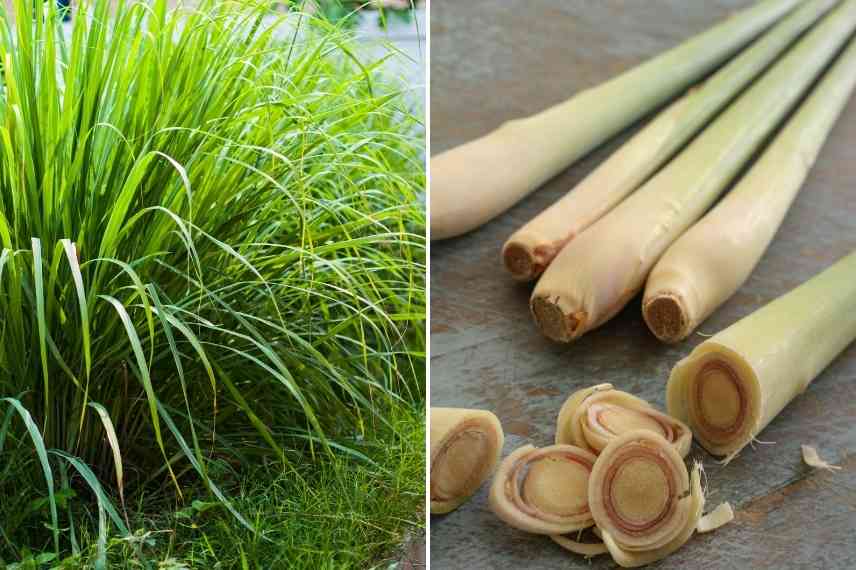
How to grow Madagascan lemongrass ?
Lemongrass is grown in a pot in our temperate regions. This exotic herb needs lots of heat and water during its growth (spring–summer). It can quite happily spend this period in full sun, well watered.
In winter, its water needs are greatly reduced. Not very hardy, it does not tolerate temperatures below 10°C and must be brought indoors to a bright spot.
Discover everything you need to know about growing lemongrass in a pot: lemongrass in a pot.
How to harvest and store Madagascan lemongrass ?
Leaves are harvested from spring to autumn as required, cutting just above the roots, at the base forming a white bulb. Avoid harvesting in winter, which could weaken the plant during its period of dormancy.
Leaves and bulbs are mainly eaten fresh and can be stored in the fridge for a few days in an absorbent paper or a damp cloth. Drying allows longer storage of the leaves, but the flavour is largely altered.
Culinary uses of Madagascan lemongrass
Madagascan lemongrass is widely used in Thai cuisine and Asian recipes in general.
Its refreshing and stimulating properties are used in infusions or in recipes for flavoured rum. In cooking, finely chopped leaves and bulbs are essential ingredients of lemongrass chicken, broths, stir-fried prawns or curry. They blend perfectly with coconut milk, ginger, garlic and chilli for spicy, flavourful dishes.
Discover other Herbs
View all →Available in 0 sizes
Available in 0 sizes
Available in 1 sizes
Available in 1 sizes
Available in 1 sizes
Available in 1 sizes
Available in 1 sizes
Available in 1 sizes
Available in 1 sizes
Available in 1 sizes
Turmeric (Curcuma longa): colour and flavour in cooking
The Curcuma longa (also known as country saffron, Indian saffron) is an exotic condiment native to Asia. Like ginger, its roots form rootstocks from which the famous orange turmeric powder is extracted.
Plant resembles a small banana tree, reaching 1 m in height. It flowers in summer even in our temperate climates, bearing a pretty flowering stem in spikes of cream colour with mauve and yellow tones.
Its aromatic taste is hard to describe: a peppery, woody, even musky blend.
Its little plus: combined with pepper’s piperine, curcumin (one of turmeric’s main active components) will greatly enhance its effects and benefits.

How to grow turmeric?
Turmeric is a monsoon plant, accustomed to living under a dual climate: a dry season during which the plant is dormant and a rainy season during its growth.
The rootstock is planted in spring in a sunny position, in rich, well-drained soil, kept moist until the end of summer.
If planted outdoors in the mild southern regions, its rootstocks must be protected from waterlogged soil and winter frost. They should then be lifted and stored sheltered in dry sand.
In other regions, container culture is recommended, favouring a pot large enough to encourage development of its rootstocks. Turmeric will appreciate regular misting of its foliage.
How to harvest and store turmeric?
Rootstocks are harvested in late summer or early autumn, when the foliage yellows and begins to die back. They can be stored for several months when kept dry, protected from air and light.
Culinary uses and benefits of turmeric
The small drawback of fresh turmeric? Its bright yellow or orange colour stains everything it touches (its pigments are also used in dyes). An apron will be your best ally to protect your clothes when cooking!
Grated or chopped, turmeric is added to many recipes that it flavours and colours: curry, rice dishes, sauces, vegetables. It is indispensable in Indian dishes and exotic spice mixes, such as tandoori, colombo or ras el hanout.
Young leaves and flowers are also edible.
To make your own turmeric spice, simply blanch the rootstocks to peel them, then leave them to dry in the sun before grinding into powder.
The medicinal properties attributed to turmeric are numerous: antioxidant, anti-inflammatory and antiseptic.
→ Learn more about the Turmeric with our full fact sheet and discover all about its origins on our blog Where do they come from? Turmeric
South African garlic (Tulbaghia violacea): an exotic alternative to chives
Le Tulbaghia violacea or purple Tulbaghia comes from South Africa. Its scent evokes garlic, hence its other name South African violet garlic.
This small bulbous young plant with deciduous foliage (semi-evergreen in mild climate) forms a clump of leaves 45 cm in height and 30 cm in spread.
Its taste is similar to garlic or chives.
Its little +: this exotic young plant flowers all summer and until October, dressing itself in pretty mauve flowers gathered in umbels, which attract many pollinators.
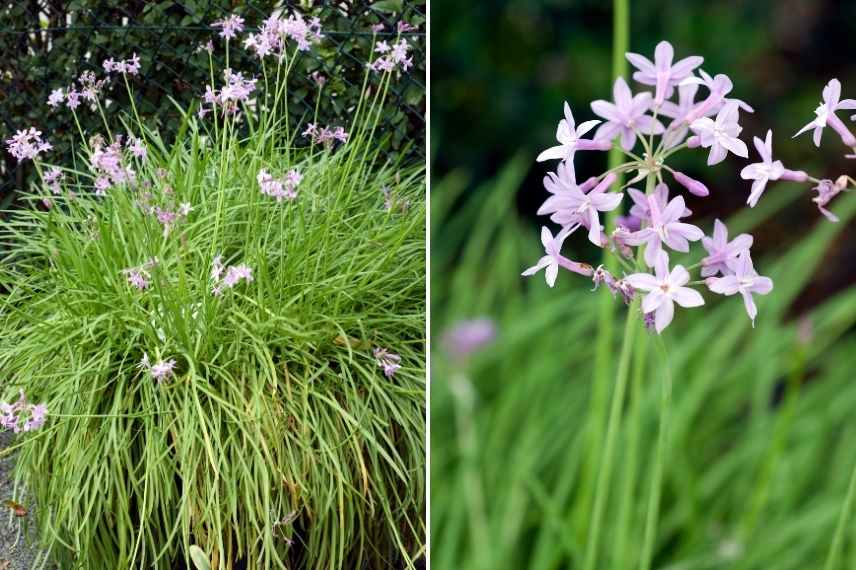
How to plant Tulbaghia violacea?
South African garlic is the hardiest of the exotic herbs mentioned. It can be planted in spring in open ground in regions where winters are not too wet and temperatures do not fall below -10°C.
Elsewhere, growing in pots works very well.
Tulbaghia violacea prefers moist, light and well-drained soil, and a sunny or part-shade position. While it can tolerate dry periods, the young plant will be more attractive if its substrate remains moist in summer. It will be particularly happy in Atlantic regions and coastal gardens exposed to sea spray.
How to harvest and store Tulbaghia violacea?
Harvest as required by cutting stems and store for a few days in damp absorbent paper in the refrigerator.
How to use Tulbaghia violacea in cooking?
This exotic aromatic young plant is used in cooking like chives. Its garlicky, sharp and fresh flavour will enhance many dishes: salads, omelettes, tarts, soups…
To best enjoy its taste, add it raw at the last minute before serving your dish.
Its flowers are also edible and will add a refined touch to your plates.
⇒ Our complete guide on the Tulbaghia.
Aztec sugar plant (Lippia dulcis): a natural sweet touch in cooking
Sweet verbena Lippia dulcis or Aztec sugar plant is a small perennial plant from South/Central America.
This small plant, with a spreading, even creeping, habit, reaches barely 15 to 20 cm. It is very pretty in hanging baskets or as a groundcover and produces small white flowers in summer.
Its taste is sweet, with a camphor and menthol note.
A handy bonus: the leaves of this aromatic and medicinal plant have a natural sweetening power, like Stevia.
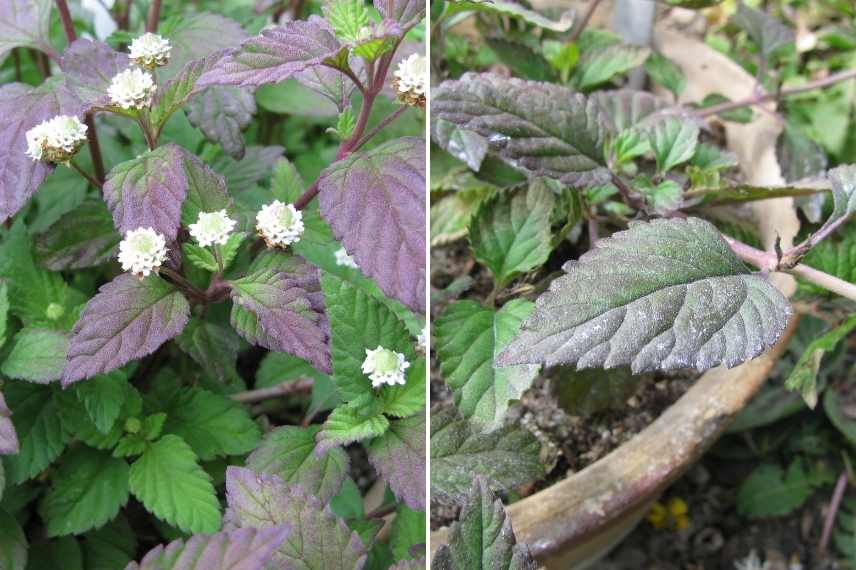
How to grow the Aztec sugar plant
Lippia dulcis is an easy plant to grow, but not hardy (around -3°C). In open ground, grow from spring as an annual in rich, moist but well-drained soil.
If grown as a perennial, keep in a large pot of at least 5L placed in full sun (or in partial shade in southern regions).
Aztec sugar plant requires little maintenance: regular watering during the growth period and overwintering in its pot in a sheltered, bright room.
How to harvest the Aztec sugar plant?
Leaves are harvested as needed by cutting stems, during the growth period from June to October.
Culinary uses of the Aztec sugar plant
The intense flavour of its leaves is well suited to infusions or mint teas, but they are also used fresh or dried to flavour salads, pastries and drinks.
It is known in Mexico and Central America as a medicinal plant, an expectorant for coughs.
Wood coriander (Houttuynia cordata): notes of pepper and citrus trees
wood coriander is a perennial plant native to China and Japan.
It is a creeping plant measuring between 20 and 50 cm. In summer, it produces spikes of greenish-yellow flowers and large white bracts.
Its scent is similar to coriander, with a peppery orange-zest flavour, hence its other name China pepper.
Its little plus: in spring it reveals attractive ornamental heart-shaped foliage, dark green with bronze highlights.
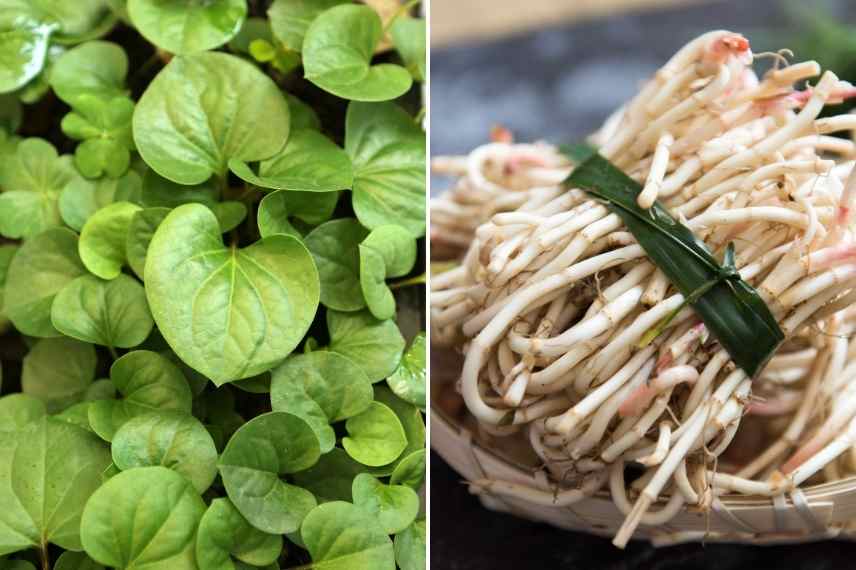
How to grow wood coriander?
Easy to grow, wood coriander thrives in marshy ground, where it can even become invasive. A period of drought is necessary to allow it to take root.
Wood coriander likes soil rich in organic matter and will even flourish in heavy, clay soils, in semi-shade.
It is also suitable for growing in pots in a rich, well-drained potting mix kept moist, except in winter.
How to harvest wood coriander?
Its young leaves are harvested gradually and used fresh.
Using wood coriander in cooking
Very popular in Asian cuisine, wood coriander features in many recipes. In Vietnam, it is added to salads, fish dishes, fritters or used instead of lettuce in spring rolls.
In China, its crunchy, juicy roots are eaten as vegetables, whereas in Japan, its citrus trees scent is preferred in herbal tea.
Pará watercress or Brède Mafane: the most surprising exotic aromatic herb
The Para cress (Bredy mafana) is a perennial plant from South America, particularly grown on islands of the Indian Ocean.
This small groundcover plant reaches 15 cm in height and 30 cm in spread. Its edible yellow pompom-shaped flowers can be seen from August to October.
The hot, peppery taste of this aromatic herb contrasts with an almost anaesthetising cooling sensation.
Its bonus point: it is one of the exotic aromatic herbs with the most surprising flavour. In Malagasy, « Bredy mafana » translates as « herb » and « hot ». Its flowers have an even stronger flavour, which will inevitably surprise uninitiated palates.
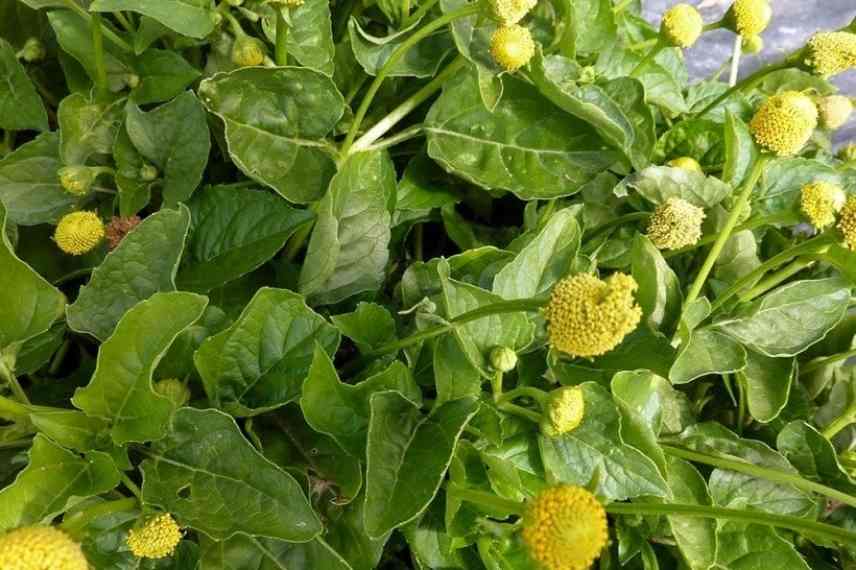
How to grow and harvest Para cress?
Para cress is a tropical plant grown as an annual, to plant in April–May in light soil kept moist throughout its growth.
Not hardy, it cannot tolerate frost and must be sheltered in winter in a bright, heated room.
Brède Mafane is also suitable for growing in pots, but must be exposed to sun and warmth to develop well.
How to harvest and store Para cress?
Harvesting takes place from June through September, by cutting stems and flower buds. Regular cutting will encourage regrowth of new shoots.
Fresh leaves keep for a few days in the fridge, always wrapped in damp absorbent paper.
Culinary uses of Para cress
Brède Mafane has a powerful, exotic spicy flavour. Its leaves are eaten fresh or dried in Madagascar in the traditional Romazava, similar to a pot-au-feu, or on Réunion in salads and fish dishes.
Leaves also enhance quiches and soups or can be cooked like spinach, in meat dishes or stewed vegetable dishes.
Para cress is also used for its medicinal virtues: it is said to have digestive, diuretic and oral antiseptic properties, as well as being rich in vitamin C.
- Subscribe!
- Contents
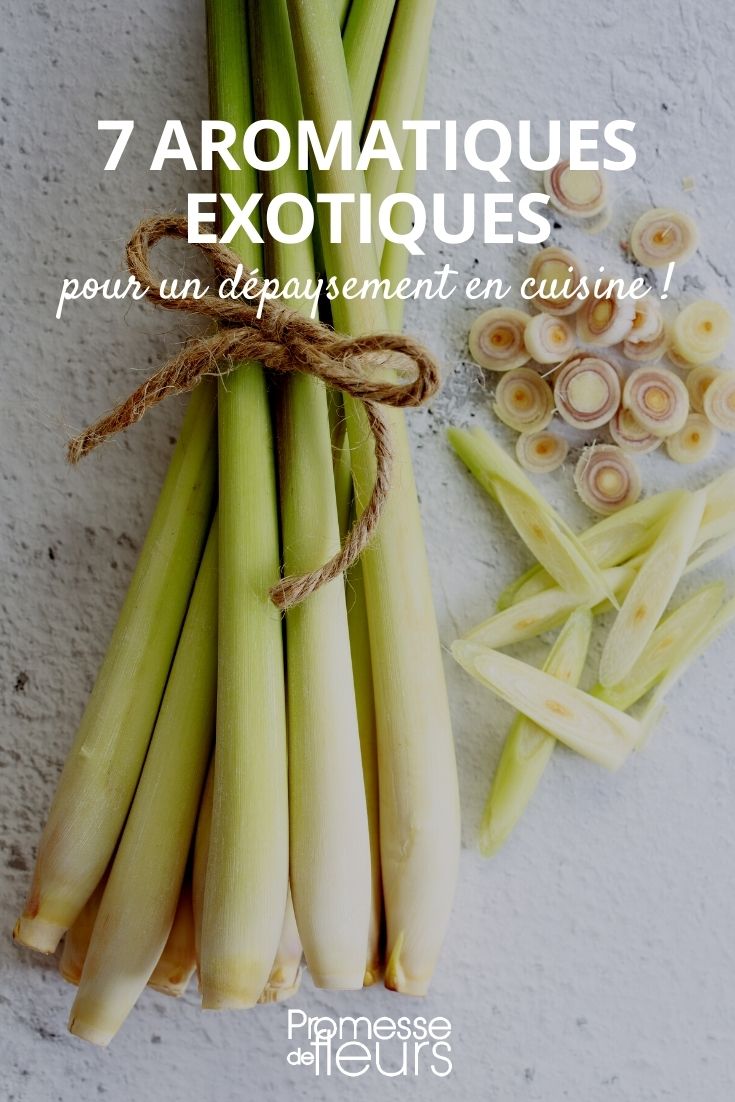






























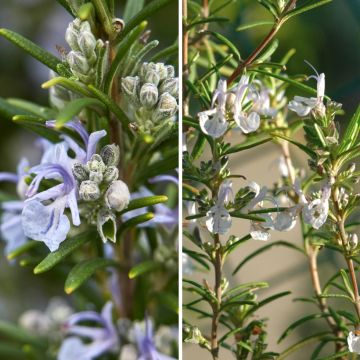
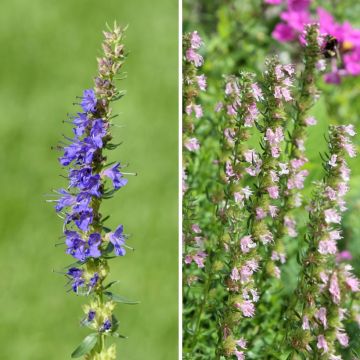
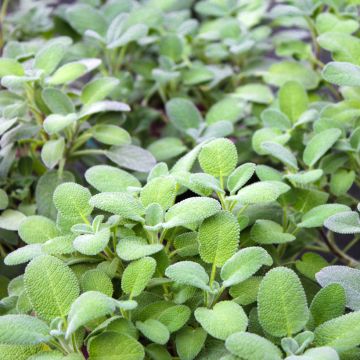

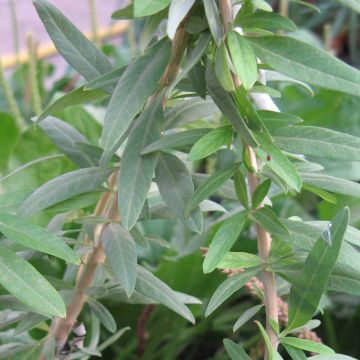

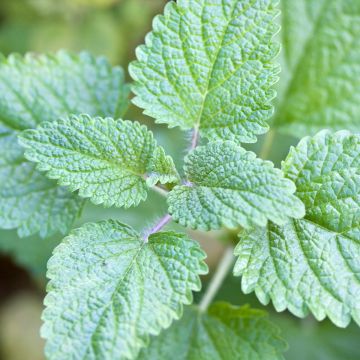
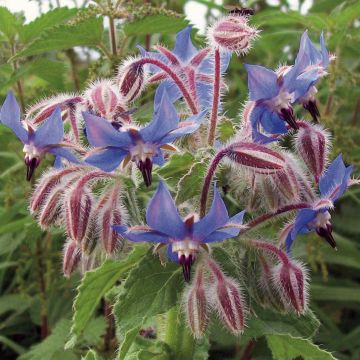
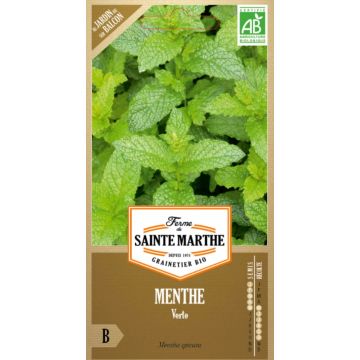
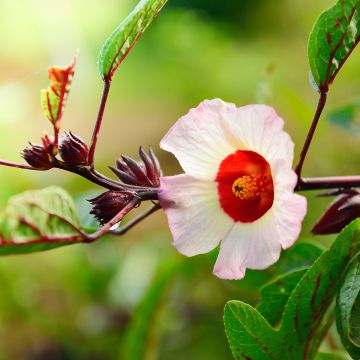
Comments